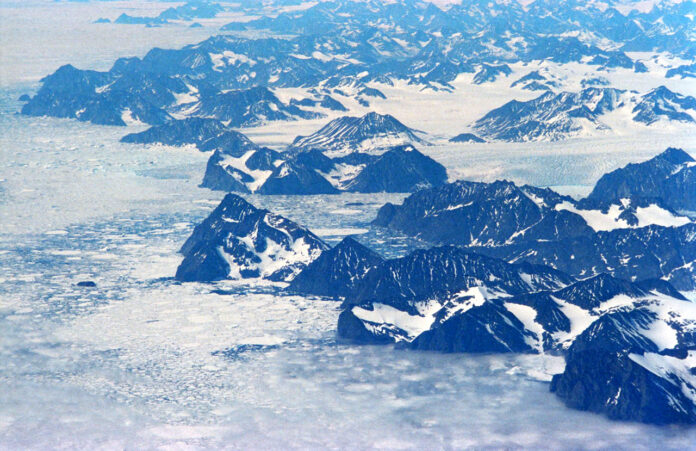In a surprising turn of events, NASA scientists have stumbled upon a hidden relic of the Cold War buried deep beneath Greenland’s ice. What they found is something straight out of a spy novel: a long-forgotten military base known as Camp Century, tucked away in the icy wilderness.
The discovery happened earlier this year in April when two NASA researchers were busy mapping the massive Greenland Ice Sheet. Their goal was simple: to study the ice. But what they uncovered was anything but ordinary.
“We were just looking for the base of the ice sheet, and suddenly, there it was—Camp Century,” said Alex Gardner, a NASA cryospheric expert. At first, they weren’t even sure what they’d found. But thanks to some cutting-edge radar technology, they quickly pieced together the mystery.
This wasn’t the first time scientists had spotted hints of the base using radar. However, the new tech—called Uninhabited Aerial Vehicle Synthetic Aperture Radar—offered a much clearer picture. According to Chad Greene, another scientist on the project, this advanced tool made it possible to see individual structures of the hidden base like never before.
So, what’s the story behind Camp Century?
Back in 1959, during the height of the Cold War, the U.S. built this underground base in Greenland. Officially, it was a research station meant to test construction methods and study Arctic conditions. But there was a more secretive mission as well: to explore whether nuclear missiles could be launched from under the Arctic ice.
The base, powered by its own nuclear reactor, was home to between 85 and 200 soldiers. While the missile plan never took off, Camp Century did leave a lasting legacy. Ice samples taken from the site became a treasure trove for scientific research, helping experts study climate patterns even today.
But the base didn’t last forever. By 1967, the project was shut down, and the U.S. Army packed up the nuclear reactor, leaving the rest of the infrastructure—and its waste—behind.
Now, decades later, there’s growing concern about what’s still buried beneath the ice. Scientists believe that as climate change warms the planet, the ice covering Camp Century could start to melt. If that happens, the waste left behind—everything from diesel fuel and wastewater to traces of radioactive material—could make its way into the environment.
According to researchers, the danger isn’t far off. Climate simulations suggest that by 2090, the area could shift from constant snowfall to melting ice. Once that tipping point is reached, the process becomes irreversible.
Buried beneath roughly 100 feet of ice, Camp Century holds an estimated 136 acres of waste, including 53,000 gallons of diesel fuel and 63,000 gallons of wastewater. The question now is how to address this ticking time bomb before it’s too late.
For now, the discovery serves as a chilling reminder of the long-term impacts of human activity—and the secrets history can bury under layers of ice.
